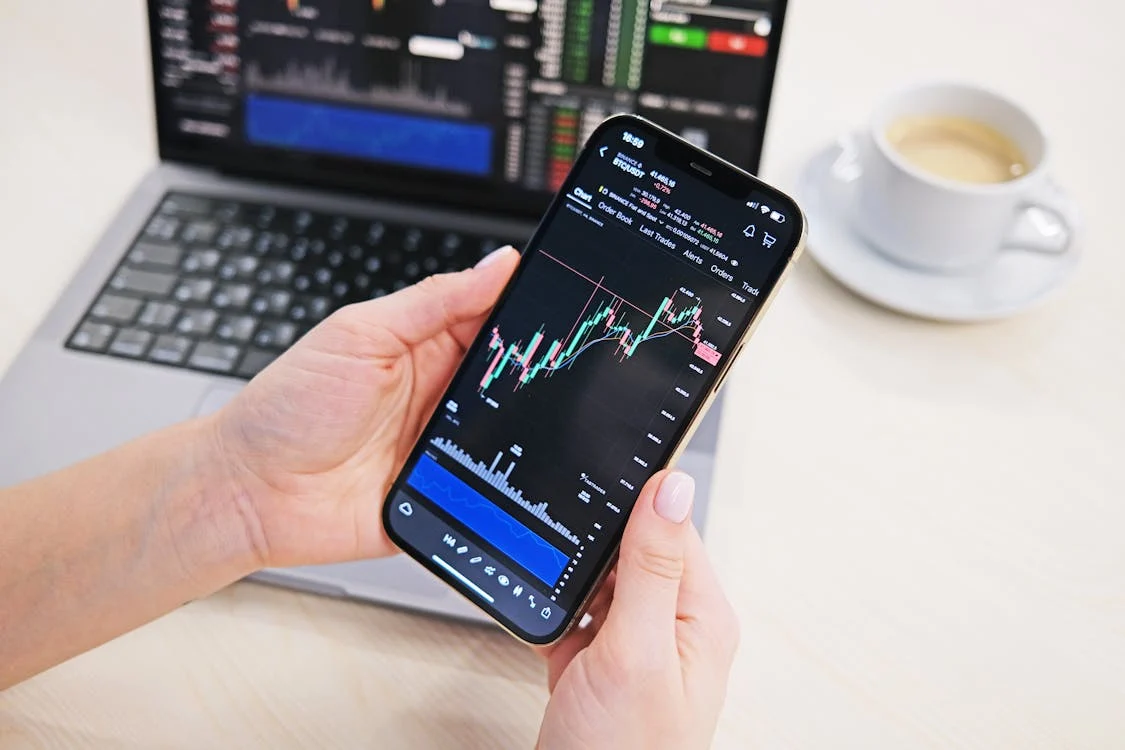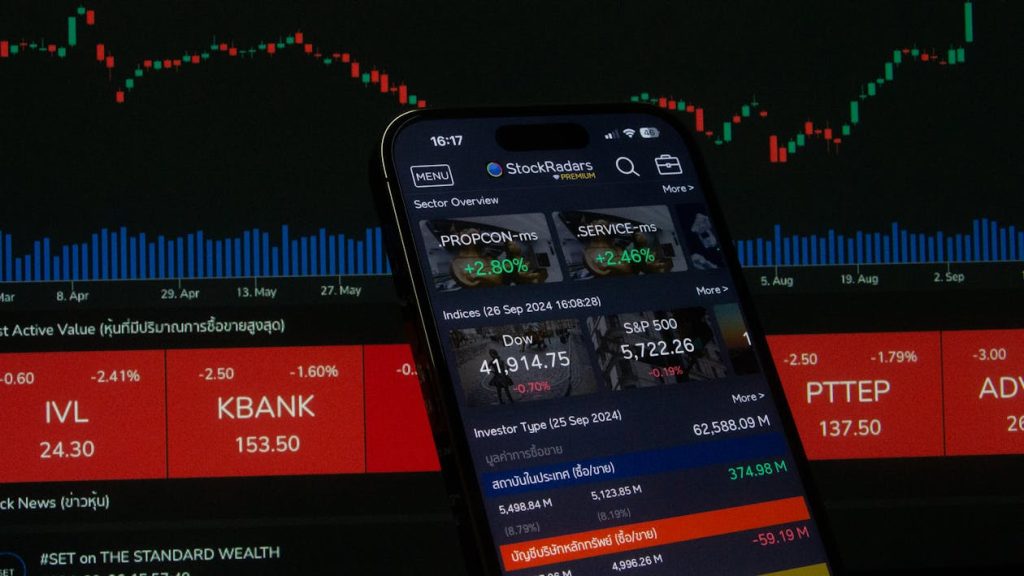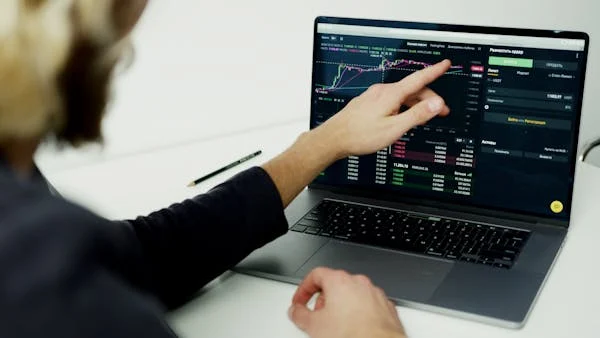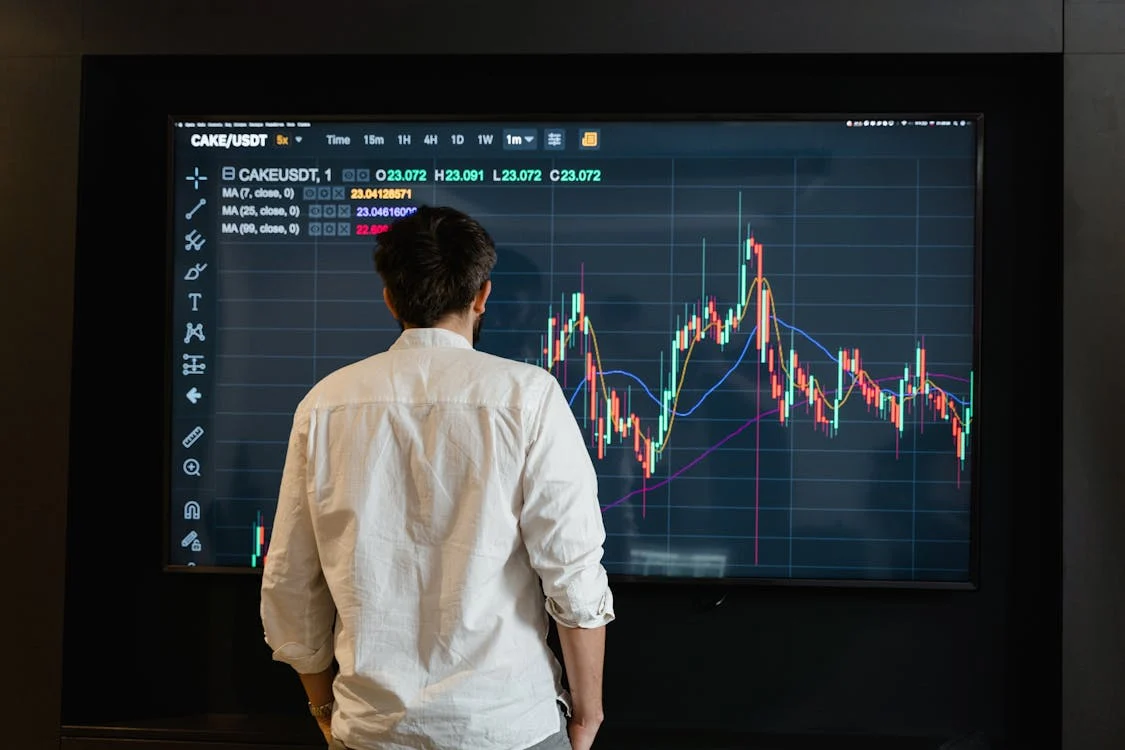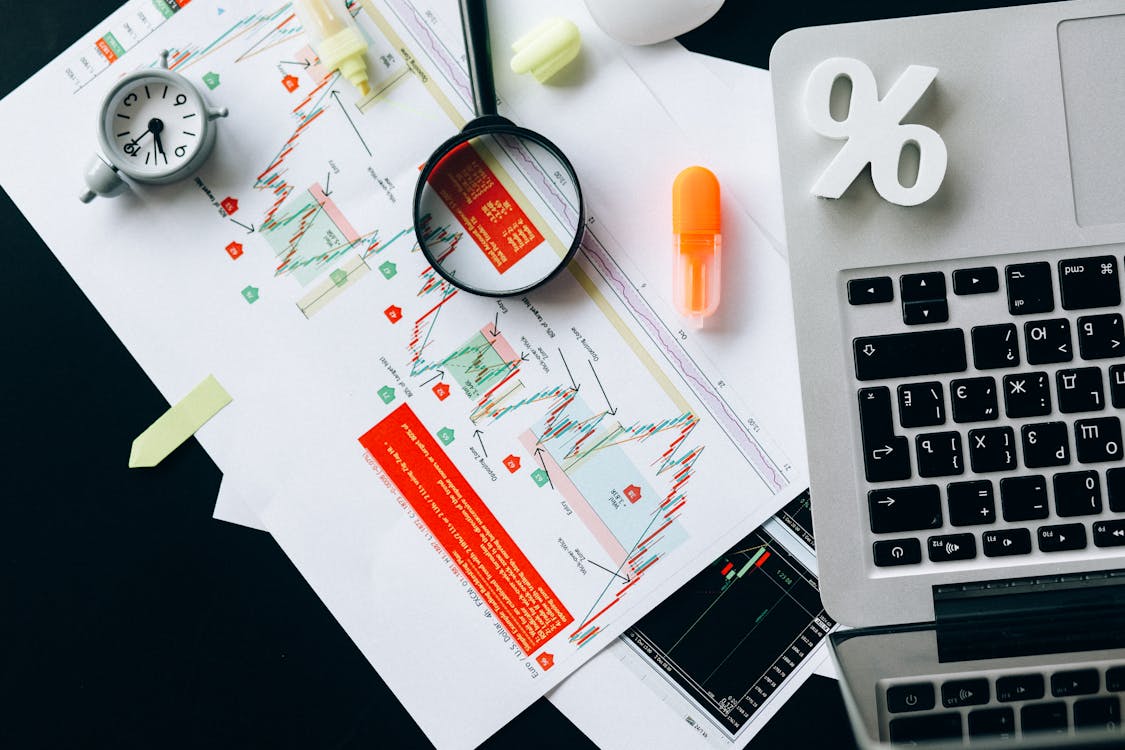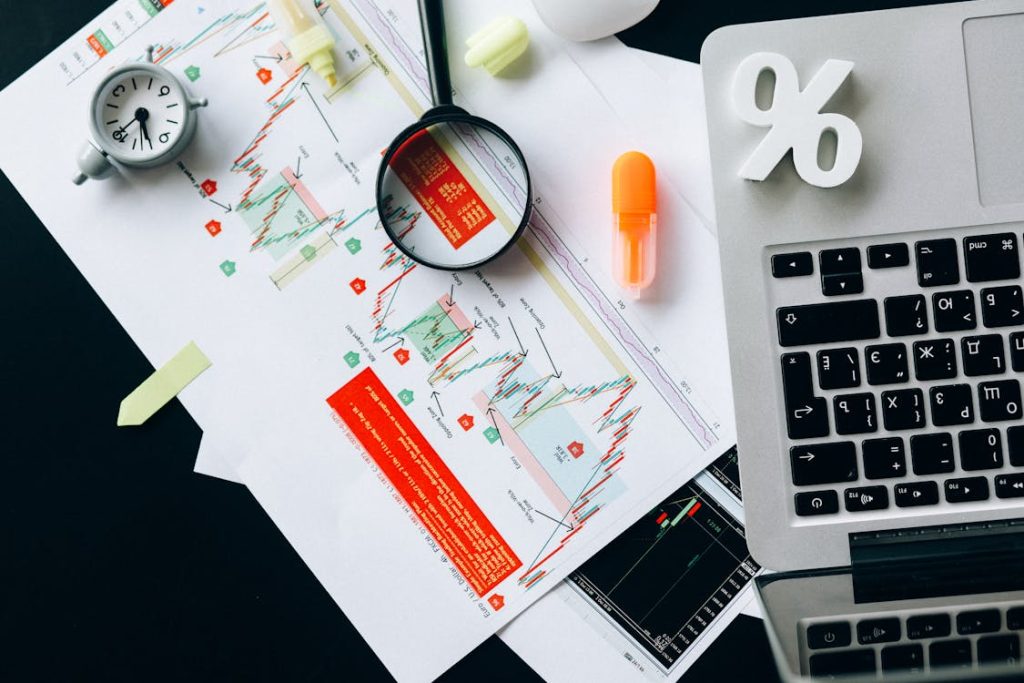When you step into the world of Forex trading, one of the first terms you will hear is spread.
It might sound technical, but understanding the spread is essential if you want to trade smart and manage your costs effectively.
Let’s break it down in simple terms.

What is the Forex Spread?
The spread is the difference between the bid price (the price at which you can sell a currency pair) and the ask price (the price at which you can buy it).
It’s basically the cost you pay your broker for executing your trade.
👉 Example:
If EUR/USD has a bid price of 1.1000 and an ask price of 1.1002, the spread is 2 pips.
Why Does the Spread Matter?
Because it affects your profits!
The wider the spread, the more the price needs to move in your favor before you start making money.
A smaller spread means lower costs and faster profitability.
Types of Spreads in Forex
Fixed Spread
-
Remains constant regardless of market conditions.
-
Usually offered by dealing desk brokers.
-
Good for beginners who want predictable costs.
Variable (Floating) Spread
-
Changes based on market volatility and liquidity.
-
Often lower during calm markets, higher during big news events.
-
Offered by most ECN brokers.
What Affects the Spread?
Several factors determine how wide or tight a spread is:
-
Market Volatility: During news events, spreads can widen.
-
Liquidity: Major pairs like EUR/USD have tighter spreads than exotic pairs.
-
Broker Type: ECN brokers usually have lower spreads compared to market makers.
-
Trading Hours: Spreads may widen during off-peak hours.
How to Minimize Spread Costs
-
Trade during high liquidity hours (like London/New York sessions).
-
Choose major currency pairs.
-
Pick brokers with tight spreads.
-
Avoid trading during major news releases unless you have a strong strategy.
Pro Tip
Always check both the spread and the commission. Some brokers offer low spreads but charge extra commission fees.
Others offer slightly higher spreads with no additional fees.
Choose the one that fits your trading style.

